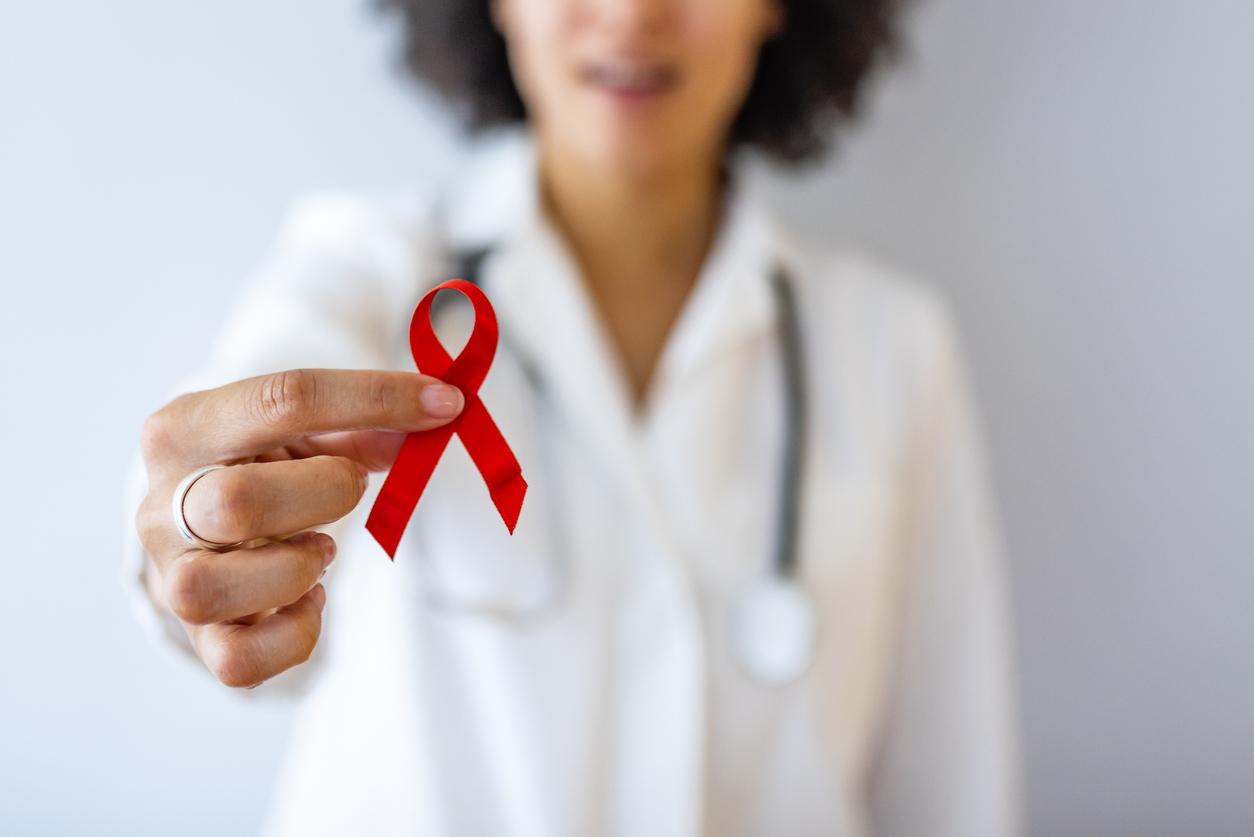
With 273,810 confirmed cases in 24 hours this weekend, the “B1.617” variant discovered in October 2020 in central India alerted the country’s health authorities.
It is a real epidemic outbreak that is hitting India. This country of 1.3 billion inhabitants, the second most populous in the world, is facing a situation that is out of control. In the absence of space, the hospitalized patients find themselves in two on the same bed, lying side by side, each with his or her face mask. About 13.5 million people have contracted the virus in the country with 870,000 new cases in the past week, placing India as the second country most affected by Covid-19.
Several variants are currently moving in the country but it is the local variant, called “B1.617” or “double mutant” which is holding the attention of the research community. First detected at the end of 2020 in the territory, it has since spread to certain areas of India.
A “double mutation” that would escape the immune system
“This variant contains two specific mutations, called E484Q and L452R. This variant seems to spread more easily between people ”. Explains Professor Gautam I. Menon, from Ashoka University in Sonipat (North Delhi) to the medical journal The Wire Science . “But, more worryingly, recent studies show that the L452R mutation is also able to evade the immune system, bypassing both antibodies generated by a previous infection or vaccine dose, as well as other forms of immunities that don’t rely on antibodies, ”he worries.
According to figures published on Wednesday April 14 by theNational Institute of Virology (NIV) from Pune confirm that 61% of samples analyzed in the Maharashtra region between January and March had traces of this double mutant.
A dangerous and contagious variant?
Asked by The Guardian on the dangerousness of this “double mutant”, the epidemiologist Ramanan Laxminarayan from New Delhi is cautious “Is there a reason to be worried about this particular variant? Not yet, because we have no evidence that these variants are more transmissible or more deadly than what we already have. “

















